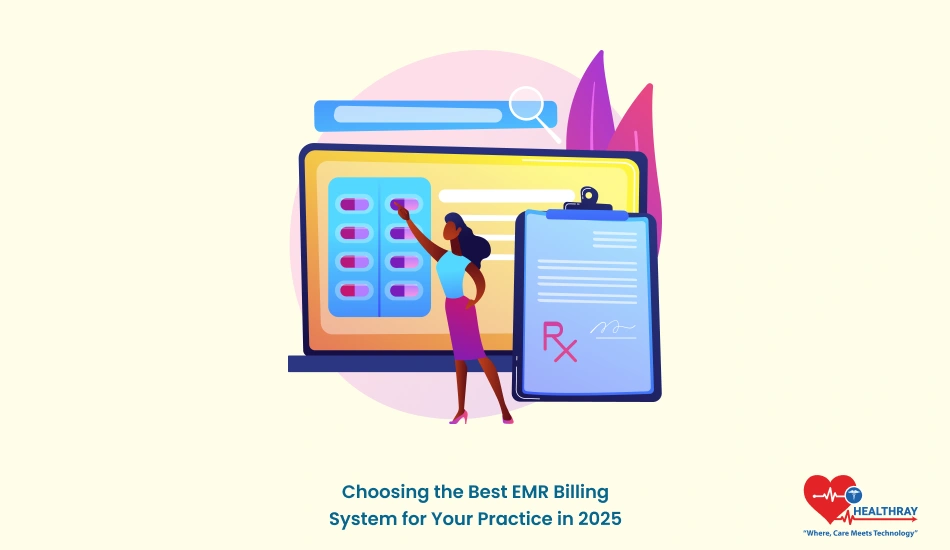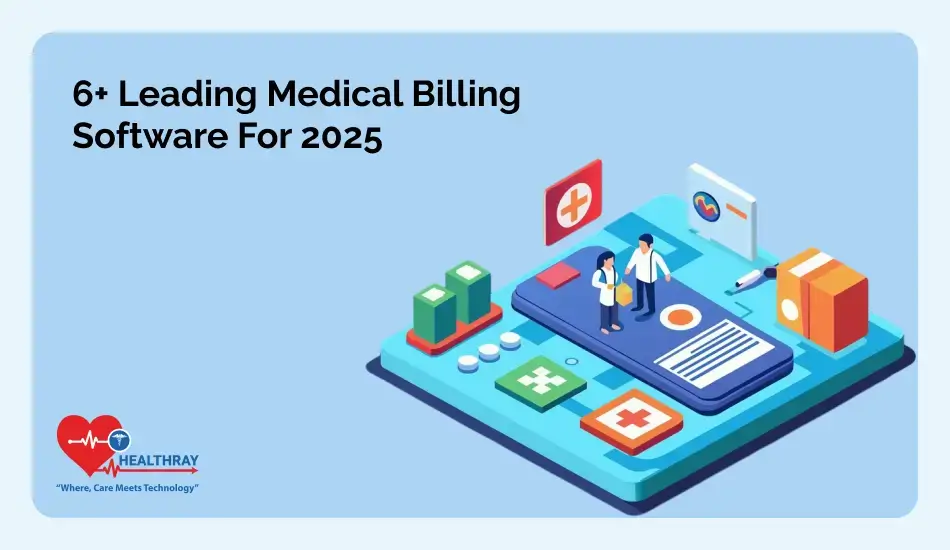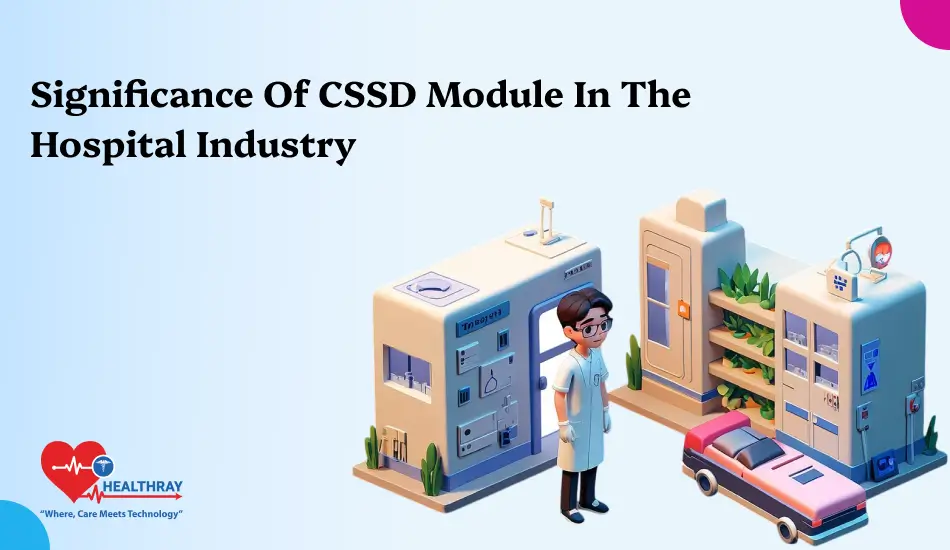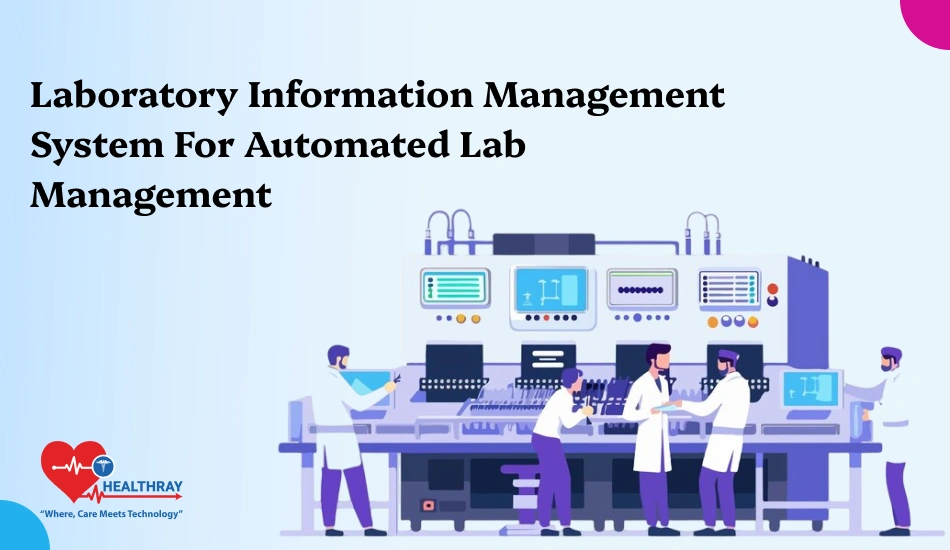The right EMR billing platform choice in any healthcare setting can significantly affect the way daily operations run and the patient experience. On the right platform, a clinic can practical handles patient management, billing and scheduling of appointment through a single interface. Clinics and extended practices among all of them depend on an efficient procedure of billing not only to survive but also to minimize manpower equivalent of errors and to give the patients a good experience of care.
By 2025, the EMR market is no longer so fledgling, but instead it is characterized by enhanced data security, easy over-the-top telehealth, and AI-infused billing accuracy. However, choosing an EMR billing system can seem unbelievably difficult as there are a range of options. In addition, it is necessary to identify which of the possible features has the most relevance to the practice requirements, select a suitable system from the available options based on price, ease of use and the system’s flexibility.
We’ll guide you through every step of this article, from determining the unique needs of your practice to comprehending emerging technological trends in EMR systems. If you decide to upgrade, we’ll also go over the key features you’ll need in an EMR billing system in 2025 and how to make the switch go smoothly. This guide will help you make an educated decision that’s in the best interests of your team and your patients, no matter how small or large the size of the practice you run is.
Understanding Your Practice Needs
Choosing an EMR billing application is one step towards identifying your practice’s needs. Clinics are managed in a wide variety of ways depending on the size of the clinic, the specialty served, and the patients served. Detecting these unique considerations will help to identify which features are the “most” significant to your practice.
Practice Size and Specialty Requirements
In small clinics, the system has to be easy to use, not complicated, and have basic billing and patient record capabilities, without spending too much work time on the staff. But specialty practices may require more tailored templates or work flows for a given practice. For example, a pediatric clinic may need vaccination tracking, while a cardiology clinic may need tailored diagnostic solutions.
Workflow Customization:
This can be achieved by the systems that will be able to integrate with the routine of clinics’ practice. Adaptable workflows are becoming more and more common in most EMRs, which enable practices to modify parameters concerning appointment scheduling, billing, and record keeping to better suit daily requirements.
Compliance and Data Security
In healthcare, data security is paramount. All EMR systems that existed in the year 2025 will be mandated to conform with HIPPA as well as end-to-end encryption security. Identify systems offering multi-factor authentication, user access control, and an audit trail including a log of access to sensitive data.
This is the step of EMR billing system selection, which can improve the efficiency of practice management, reduce the administrative burden and increase the quality of patient care in the end.
Features to be taken into account for an EMR billing system 2025
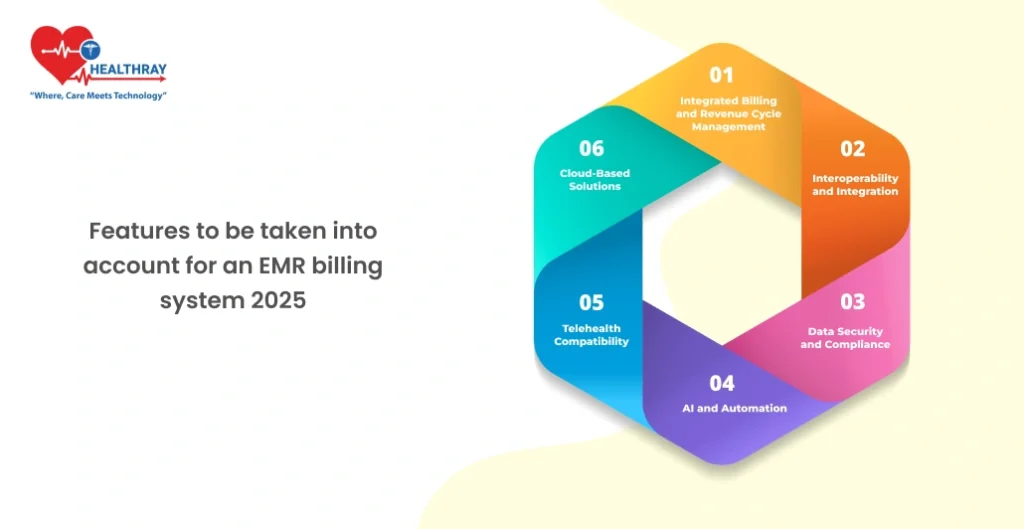
[Choosing an EMR billing platform that fits your practice is pretty much about finding those features that will help to optimize the workflow of the process, and do so smoothly with the rest of your applications]. By 2025 EMR systems are no longer only digital notes, but offer a suite of tools assisting billing and patient care, as well as telemedicine delivery. Here are the core features to consider:
Integrated Billing and Revenue Cycle Management
All involved aspects of the billing process i.e., patient billing statement, insurance query, and claim processing should be managed through an effective EMR billing module. Thanks to automatic mapping between patient records and billing codes, integrated billing improves the work of administrative personnel and clinicians and reduces their workload, error rates and time commitment. The capability of maintaining cash flow, and minimizing lost revenue due to false claims lies here.
Interoperability and Integration
An electronic medical record (EMR) system today must be able to “talk” with other patient care software systems and software. Data exchange with laboratory systems, pharmacies, and even other EMRs is highly enabled by interoperability. Integration enhances information exchange among all platforms involved in the delivery of patient care and reduces the time spent on the unnecessary data entry that is a common occurrence in health care providers who operate through multiple software applications.
Data Security and Compliance
Clearly, for sensitive patient data, cybersecurity is still of primary importance. To assure data security, the selected EMR system should offer role based access control, multi-factor authentication and end-to-end encryption. To avoid penalties and maintain patient confidentiality, compliance with HIPAA and other data laws at the local level is equally crucial.
AI and Automation
By 2025, there are several systems employing AI agents to help with tasks, including, but not limited to coding recommendation, appointment reminder, and even revising of patient notes based on previous contact. Automation makes routine tasks much easier, enabling your staff to devote time to patient care rather than manual data entry and billing.
Telehealth Compatibility
Telehealth integration is an important aspect of the current health care system. Physicians should be able to quickly modify patient notes during virtual visits in an EMR system that is built for tomorrow. Simultaneously, remote patient management should also encompass, for the safe and effective implementation of remote patient management, secure video conferencing and messaging functionalities.
Cloud-Based Solutions
Cloud-based EMRs provide scalability, remote accessibility, and automatic updates, thus making them a suitable alternative for practices in search of scalability and flexibility. Cloud technologies enable staff to access patient information from any location, and this is particularly useful for clinics with scattered offices and or for staff having need for remote access, e.g.
These fundamental functions allow your EMR billing software to not only meet current business needs, but to accommodate expansion and growth as your practice expands and morphs.
Technology Trends in 2025 for EMR Systems
Workflows of EMR billing systems and their potential development with technological advancements. The future of these systems is determined by a number of technology trends in 2025, which will enable clinics and practices with more capacity. Staying current with these trends allows you to continue to make your practice more efficient and competitive.
Artificial Intelligence (AI) and Automation
AI-enhanced features are becoming more and more a core component of most EMRs, billing, data entry, and scheduling. For example, AI may suggest billing codes from patient data, may be adapted to identify trends in patient care, and may warn clinicians, for example, of the potential for liability. Automation not only makes these process movements more streamlined, but also makes it possible to do so by alleviating admin staff of tasks and to enhance billing compliance. When this integration is used, this option can prevent costly errors and expedite administration flow.
Cloud-Based Solutions for Flexibility and Scalability
Clinics located in multiple geographical locations or staff working from home situation can take advantage of the mobile capabilities that cloud based EMRs offer, by having the possibility to consult the records from just about any place. Furthermore, these systems are automatically and invisibly updated and do not cause service interruptions, guaranteeing that any practice has the most recent features and security updates without additional IT effort. Scalability is one of the other, as it is possible to expand the storage or processing capacity out of proportion to the capacity demands only with comparatively low expensive specific hardware additions.
Telehealth and Remote Patient Monitoring
With the increase in telemedicine, EMRs are becoming more and more equipped with telehealth functionality, in that, physicians can conduct virtual visits via the same EMR system that holds the electronic healthcare records. Real-time data on the health of a patient can be drawn by remote monitoring capabilities such as data consolidation of data from wearable devices, e.g. This function is especially useful in out-patient follow-up and remote monitoring of chronic diseases without going to the clinic.
Interoperability and Data Exchange
Interoperability is essential for EMRs that need to communicate with other systems. By supporting secure data exchange with other healthcare providers, pharmacies, and labs, EMR systems foster a collaborative approach to patient care. This integration improves the quality of care and minimizes the risk of miscommunication between services.
Enhanced Data Security Protocols
Data security is still a big issue in healthcare and corresponding effective data security measures are needed. [Newswire] EMR systems of 2025 generally have feature-rich, high-security components that are biometrics based, role-based access control, and all-encompassing audit trails. These protocols shield patient data and ensure compliance with rules, e.g., HIPAA, that help create a confidential health information exchange common platform.
These trends show the evolution of the system from the integration, flexibility, intelligence of EMR billing systems. They need to reduce time, safeguard patient data, and help the increase in demand for telemedicine services.
Top EMR Billing Systems to Consider in 2025
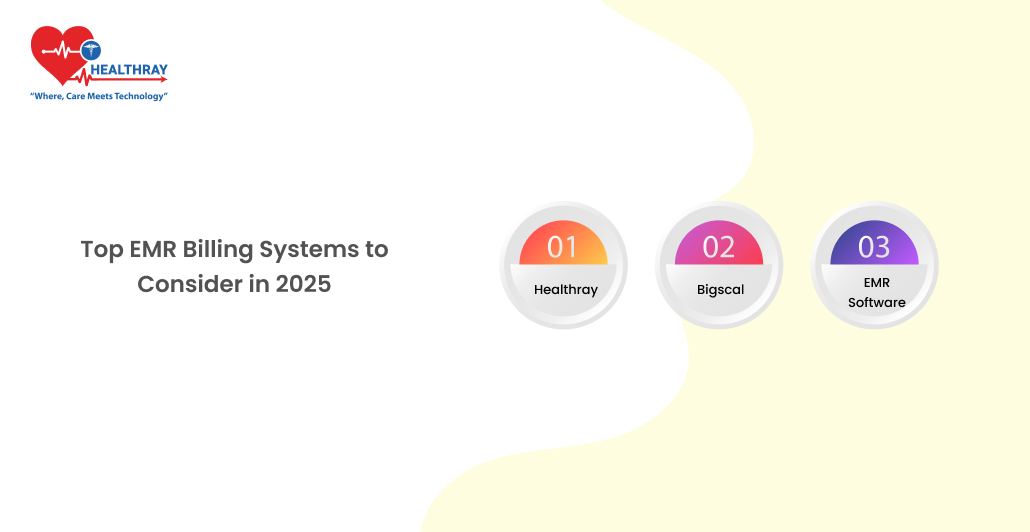
The 2025 EMR billing marketplace is just one of a number of competitive choices, each possessing a range of features that are suited for the majority of pracs’ particular requirements. It is crucial for small practices, large practices and specialist practitioners to select a system that meets both clinical and administrative needs. The following are some of the leading EMR billing systems, and Healthray has become a serious contender through the combination of rich functionality and a user-centric design strategy in its paradigm.
Healthray
Healthray is widely recognized as having embedded strong and powerful billing functionality and a highly flexible, easy-to-use interface. Since Healthray also offers an integrated system with end-to-end encryption and is offered with multi-factor authentication and role based access control, the veracity of data and health law, regulation, and guidelines are guaranteed. Newer to market as well, Healthray also distinguishes itself by its flexible workflows that can be adjusted to fit the unique needs of any practice, providing it as an option to small, or even large practices. Healthray also provides support for telehealth, remote patient monitoring and seamless, simple data exchange, which enables easy migration from other systems.
Bigscal
Bigscal is one of the most popularly adopted choices of a health institution of a larger scale as it offers functionality for billing, patient history and workflow management. Besides, it is also highly interoperable that provides flexible integration with laboratory devices, pharmacies, and other locations of healthcare. Bigscal’s high flexibility, its improvement in the quantity of patient data it handles, and its ability to be applicable to multi-site practices, ensures a high degree of practical applicability. However, smaller clinics that lack dedicated IT personnel can be a more expensive, and complex, option.
EMR Software
There are EMR software available that are scalable to any size practice at EMRSoftware.com. Its billing module is especially useful for revenue cycle management, with features that simplify the process of making and billing for claims. As EMR Hospital Software is a cloud-based architecture, this Software is easily accessible on any computer, so it is adequate for accessibility in multi-site practices. The system is relatively straightforward to use, but further stage of support related to configuration, and integration with some or other out-of-the box application, might be required.
Overall, Healthray is a decent option for offices desiring a simple, seriously secure, and dynamic EMR billing system. Due to its security, usability, and ease-of-integration it will succeed on small and growing farms. Bigscal and EMR Hospital Software have strong solutions, however they provide different functionalities for meeting different needs of practices.
Conclusion
The choice for the office of an EMR billing system will also depend on identification of the needs and evaluation of relevant features such as Culturally Infused Medical Practice is still a defining issue of health care in 2025. The right system will help your practice become more operational in efficient, more billing accurate and better care it can give patients. Hospital Management System (i.e., Healthray) offer flexible and scalable solutions for any practice, regardless of practice size and practice.
